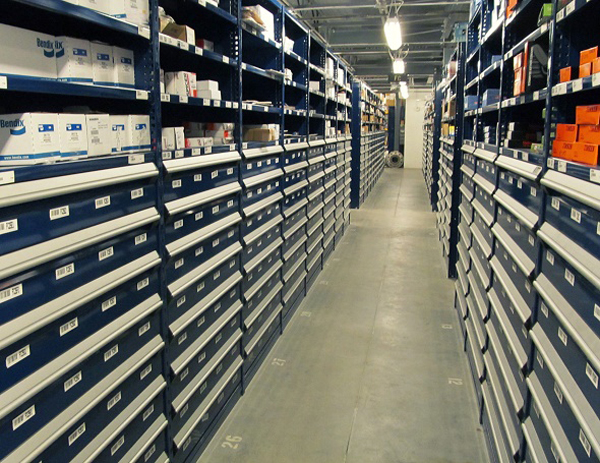It seems like the modern industry is faced with an increased need of functional storage solutions, which are especially important to factory facilities and warehouses.
Over the last decades, owners have been persistently trying to find out the very best solution in terms of ‘storage’, in order to create the ideal working environment and ensure the ongoing workflow and quality of work, which are of course, the two basic conditions for revenue and success.
However, we should not forget the fact that working in a factory or a warehouse is a not only daunting, but also dangerous, especially when performing the heavy-duty tasks related to load storage. Numbers from updated industry reports are showing that in the last couple of years, hundreds of people lost their lives due to injuries caused by transport and storage in warehousing. Hence, warehousing has been officially proclaimed one of the most dangerous working environments.
These alarming reports have been the reason for increasing the awareness in the sector and bringing to action new shelving trends and standards that will contribute to making warehousing a safer profession for thousands of workers in Australian. In other words, safety has become the newest trend in almost every shelving shop on the market. Therefore, the new Australian pallet-racking standards refer to the design of storage racking systems, by incorporating few changes in terms of end-user responsibility and operational requirements. Apparently, every online/offline shelving shop must have products that correspond to these standards.

Let’s take a more detailed look at the new changes made in Australian pallet-racking standards.
- Storage system configuration is not allowed to be changed without previous approval by the part of a structural engineer or the equipment supplier.
- Vertical clearance for pallets stored above 6m height has been required to increase from 7.5cm to 10cm in order to reduce the risk of accident with beams during pallet handling.
- Pallets backing onto each other are required to feature a 5cm flue space in-between, to reduce the risk of an accidentally dislodged adjacent pallet while storing and retrieving pallets. At the same time, the needs of the insurance company have to be met.
- Forklift use requires at least two ground anchors per baseplate.
- Dimensions from ground to 1st beam level, and from 1st to 2nd beam level have to be explicitly noted on signs.
- All storage-system users are obliged to professionally audit their pallet-racking system every year.

